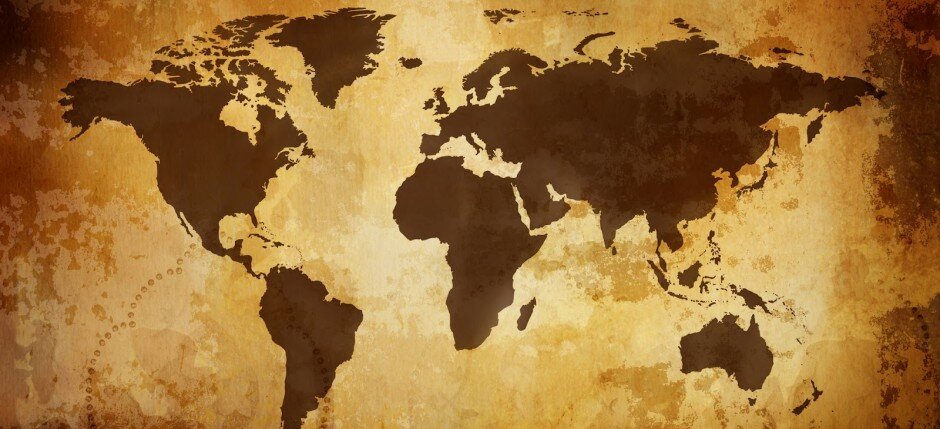5 Countries, 5 Different Coffee Experiences
Coffee is an important part of most countries’ cultures, both past and present.
They each have their own rich history with the drink, and today coffee is one of the most commonly consumed drinks all around the world, and for good reason – for a lot of people, it’s the only thing that gets them up, and the only thing that keeps them going throughout their day. While you may know a lot of different aspects of coffee from a United States, Canadian, or United Kingdom point-of-view, there’s a lot you can learn by exploring the different histories and preparation styles of other cultures.
In Ethiopia
Historians agree that coffee was first discovered in Ethiopia in the 10th century, so it seems only fitting that we start here. Its use as a stimulant was discovered by Ethiopian mountain people, and Sufi pilgrims helped distribute it into and across the Middle East. Coffee eventually made its way to Indonesia and the Americas.
Today, Ethiopia is marred by poor weather conditions, crippling poverty, and war. Its farmers are predominantly coffee farmers, and to this day it stands as one of the biggest export the country has.
Of course, Ethiopia’s coffee culture goes well beyond exporting it. The country also has coffee ceremonies as key parts of its entire culture. The culture follows a very specific and calculated method of brewing and serving that involves multiple people. This is usually done after a large meal.
In ‘Russia’
Russians are not the biggest coffee drinkers – generally, the culture doesn’t emphasize coffee drinking as a large part of itself, and Russians focus on simply drinking it for the sake of energy boosts. However, in recent years, alcohol consumption is seeing a decline in Russian teens and young adults in favor of coffee consumption.
In China
Coffee entered Chinese culture during the 19th century after Western missionaries brought it to the country through Shanghai. The country was traditionally a tea-drinking culture, and while it remains as such today, coffee has become far more significant than it used to be.
One of the biggest leaps in the coffee culture of China was how attractive it seemed for Starbucks to capitalize upon. Not only did this lead to more than 600 stores opening up in the country, it lead to healthy competition by domestic coffee makers, who offered cheaper alternatives and more Chinese-focused tastes against Starbucks’ expensive atmospheric stores.
In France
If a person had to identify things that represented French culture, they would think… the Eiffel Tower, the Louvre, French cuisine and of course, coffee in a cafe. Coffee first came to France in 1644, and after about 100 years, the beans had become a large commodity for the country.
France also made a major contribution to the history of coffee, inventing the world’s first known coffee maker. Today, France is famous for its coffee culture, and if you go to any café in Paris, you are bound to see most of its patrons with a cup of coffee in their hands.
In Brazil
Coffee was introduced to Brazil in the early 18th century, and it can’t be denied that it was a rather significant event for the country. To date, Brazil is the largest producer of the product for both external and internal distribution.
In the 19th century, the coffee industry was so powerful that important figures in it – identified as “coffee barons” – practically ran the country and were capable of influencing how the politics of the country proceeded.
The Brazilian economic boom would not have been as significant due t the abolition of slavery, but the government found a way to counter this by incentivizing European immigrants to work in their coffee fields.
Now that you’ve learned some about these cultures, how have your views on coffee changed?

Leave a Reply